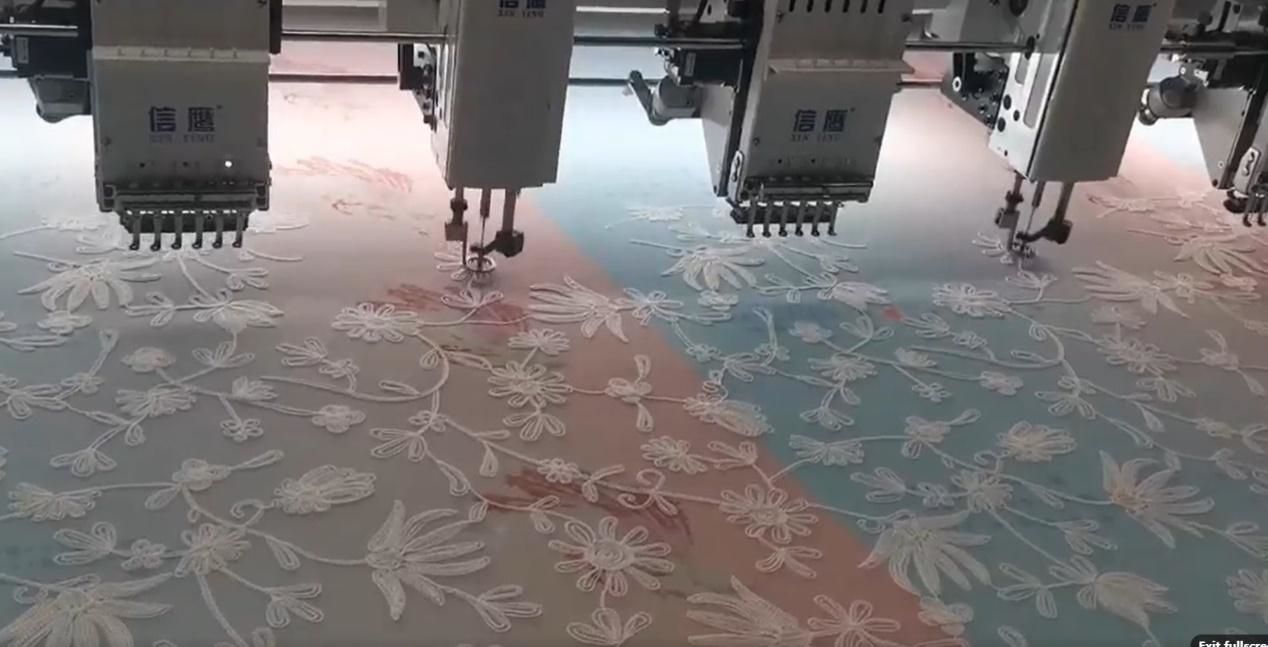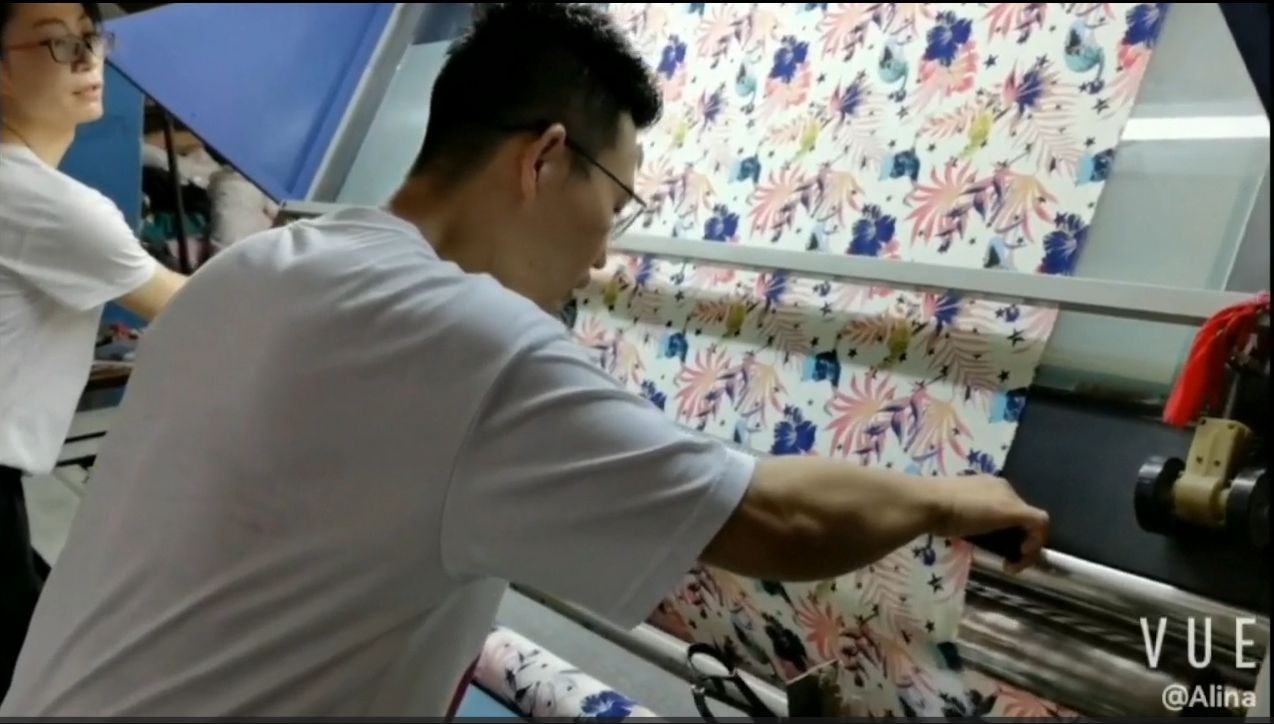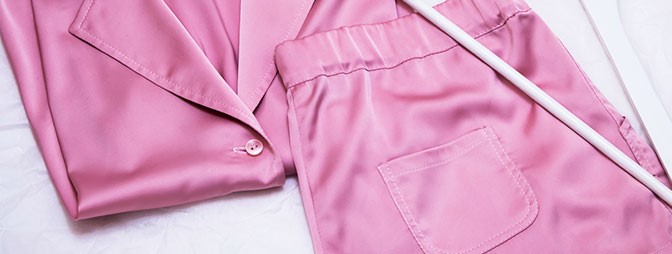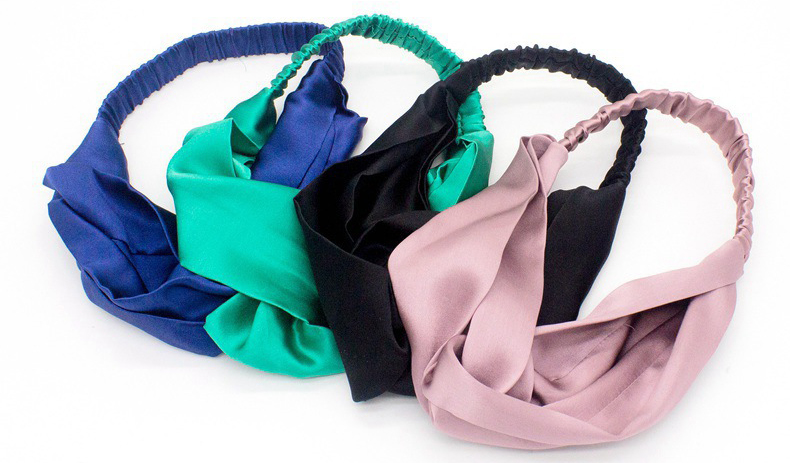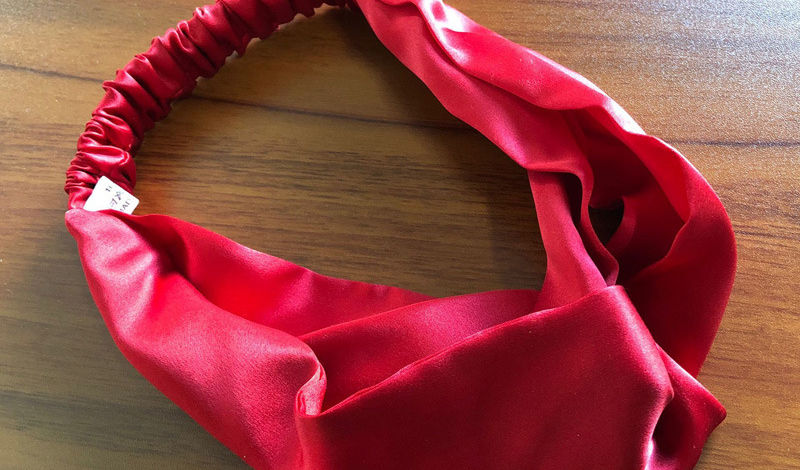0102030405
We inspected the silk fabric carefully in order to make high quality garments for our brand customer
2024-06-18 09:21:18
Ensuring high-quality garments for your brand customers involves a meticulous inspection process, especially when working with delicate fabrics like silk. Here’s a comprehensive guide on how to inspect silk fabric for high-quality apparel production:
Steps for Inspecting Silk Fabric
-
Visual Inspection:
- Check for Flaws: Look for any visible defects such as snags, holes, stains, or discolorations. Silk should have a consistent sheen and uniform color.
- Surface Texture: The fabric should be smooth and free of any irregularities. Feel the surface to ensure it’s consistent throughout.
-
Fabric Weight and Density:
- Consistency: Ensure the silk fabric has an even weight and density. Uneven weight can indicate poor quality or potential weaknesses.
- Measurement: Use a micrometer or fabric weight scale to check the fabric thickness and compare it with the standard specifications.
-
Color Fastness:
- Testing: Perform a colorfastness test to ensure the dye won’t bleed or fade. This can be done by rubbing a damp white cloth on the fabric or washing a small swatch to see if the color remains intact.
-
Stretch and Recovery:
- Elasticity: Gently stretch a small section of the silk fabric and release it to see how well it returns to its original shape. High-quality silk should have minimal stretching and excellent recovery.
-
Fabric Strength:
- Tensile Test: Check the tensile strength by gently pulling the fabric in different directions. Silk should have a good resistance to tearing and should not easily rip or fray.
-
Weave Consistency:
- Examine Weave: Inspect the weave pattern under a magnifying glass to ensure consistency and tightness. Loose or irregular weaves can compromise the fabric’s durability and appearance.
-
Moisture Content:
- Humidity Check: Silk is sensitive to moisture. Use a hygrometer to check the moisture content of the fabric. Ideally, silk should have a moisture content of around 11%.
-
Hand Feel (Handle):
- Texture: Feel the fabric to assess its texture. High-quality silk should feel smooth, soft, and luxurious to the touch. Any roughness or stiffness might indicate lower quality.
-
Luster and Sheen:
- Shine Test: Hold the fabric at different angles under light to examine its luster. Quality silk should exhibit a natural, elegant sheen that’s uniform across the fabric.
-
Pilling Resistance:
- Abrasion Test: Rub the fabric against a rough surface to check for pilling. Quality silk should resist pilling and maintain a smooth surface.
Documentation and Quality Control
- Records: Maintain detailed records of each inspection, noting any defects or irregularities. This helps in tracking the quality of different batches and suppliers.
- Quality Standards: Establish clear quality standards and guidelines that all inspected fabric must meet before being approved for production.
- Supplier Feedback: Provide feedback to your suppliers based on your inspection results to ensure they understand your quality requirements and can make necessary adjustments.
Final Steps Before Production
- Sample Testing: Create sample garments to test how the fabric performs during cutting, sewing, and finishing processes.
- Customer Requirements: Ensure the inspected fabric meets the specific requirements and preferences of your brand customers.
By following these detailed steps, you can ensure that the silk fabric used in your garments meets the highest standards of quality, thereby enhancing the reputation of your brand and satisfying your customers.






 Alina
Alina Bessie
Bessie

